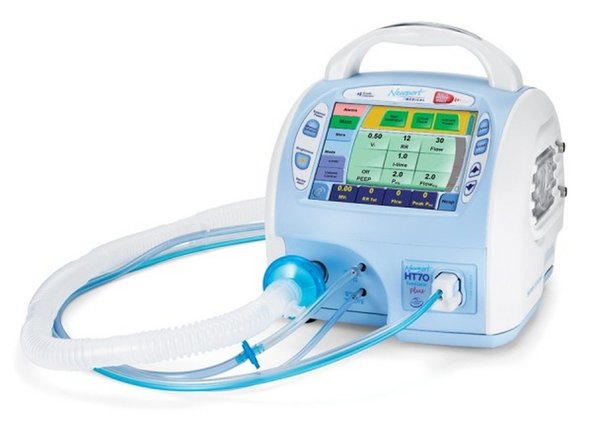A ventilator is a kind of machine that helps people breathe or breathes for them by eliminating the co2 from the lungs and exchanging it oxygen. It can be utilized during surgery, all through therapy for a lung condition, or for short- and long-term life support. Nurses, medical practioners, respiratory therapists, home care nurses, and nurses at long-term attention features, amongst others, must understand how to utilize a ventilator. Getting ventilator instruction courses is a good solution to learn how to make use of this piece of equipment.
In a ventilator teaching type, students can expect to receive an breakdown of technical ventilation. This includes learning the essential phrases related to mechanical ventilation and understanding the basic ideas behind the machine’s mechanics. They’ll also learn under what circumstances a patient must be connected to a technical ventilator , and will realize the different types of causes on a ventilator. Ventilators could be collection to breathe for an individual at set times, they could be set to react to the patient’s possess breathing, or they can be collection to a constant flow.
The settings of ventilation are a significant notion to learn. Pupils is going to be shown the differences between different processes of ventilation, such as stress or size controlled intermittent ventilation, pressure or volume controlled continuous ventilation, large volume ventilation, and constant spontaneous ventilation. Following pupils have an entire comprehension of the various processes of ventilation, they will learn under which situations each you ought to be used. They’ll also learn to put up a ventilator , how setting their initial parameters, and just how to insight proper settings.
The dimension of a medical ventilator is dependent upon its type and functions. Generally, this machine is employed to go capable air in and out of the lungs through the mechanical process. Any aspect of a medical ventilator assists a patient who not have the ability to breathe quickly and sufficiently.
These days, any dimension of a medical ventilator can be found at hospitals, medical care cente
The easiest of forms the device, which could come at any aspect of a medical ventilator , includes the next parts. These pieces that subscribe to the general value of the equipment are the turbine or compressible air reservoir, oxygen offer, pair of pipes and valves and a patient enterprise, which could both be disposable or reusable.
Additionally there are specific forms and dimension of a medical ventilator which have alarm systems. The latter can be used to monitor the restrict to how much air must the individual often receive. These types also provide monitoring techniques to simply access the type of data that you need about the individual who is utilizing the device. Another necessary and helpful parts of this device include oxygen tanks, backup batteries and remote control. You can find incorporated ventilator operates that may be used in case there’s a energy or mechanical failure or when air loss happens most of a sudden.
Nearly all of today’s designs of the unit are made in techniques the ventilation is much more comfortable for the patient. There are options on the unit, which can be altered by respiratory practitioners to ensure that the in-patient will be able to accept the pressure. For the maintenance of the unit, you can send it to a biomedical technologist.
To understand the dimension of a medical ventilator , here’s the conventional size of a portable type. This means that the standard kinds are bigger, heavier and may help higher oxygen offer requirements. The device with 300 mm width has level of 160 mm, 230 mm in height and weighs 3 kilos. Anything with 460 mm width, on one other hand, has degree of 200 mm, top of 400 mm and weighs 7 kilos. The kind that has size of 620 mm ahs range of 240 mm, 410 mm high and weighs 11 kilos.
Occasionally, a ventilator will alarm to attentive caregivers to various things. With respect to the patient, their era, his or her problem, and the ventilator he or she is using, various sensors that suggest trouble with the individual or difficulty with the equipment may move off.
Pupils who have a ventilator education class may learn what the different sensors suggest and how to proceed when they’re going off. Because some alarms may show difficulty with the machine, caregivers can understand troubleshooting methods. Troubleshooting techniques are specially important for house caregivers who do not necessarily have a respiratory counselor on contact to greatly help with troubleshooting.

